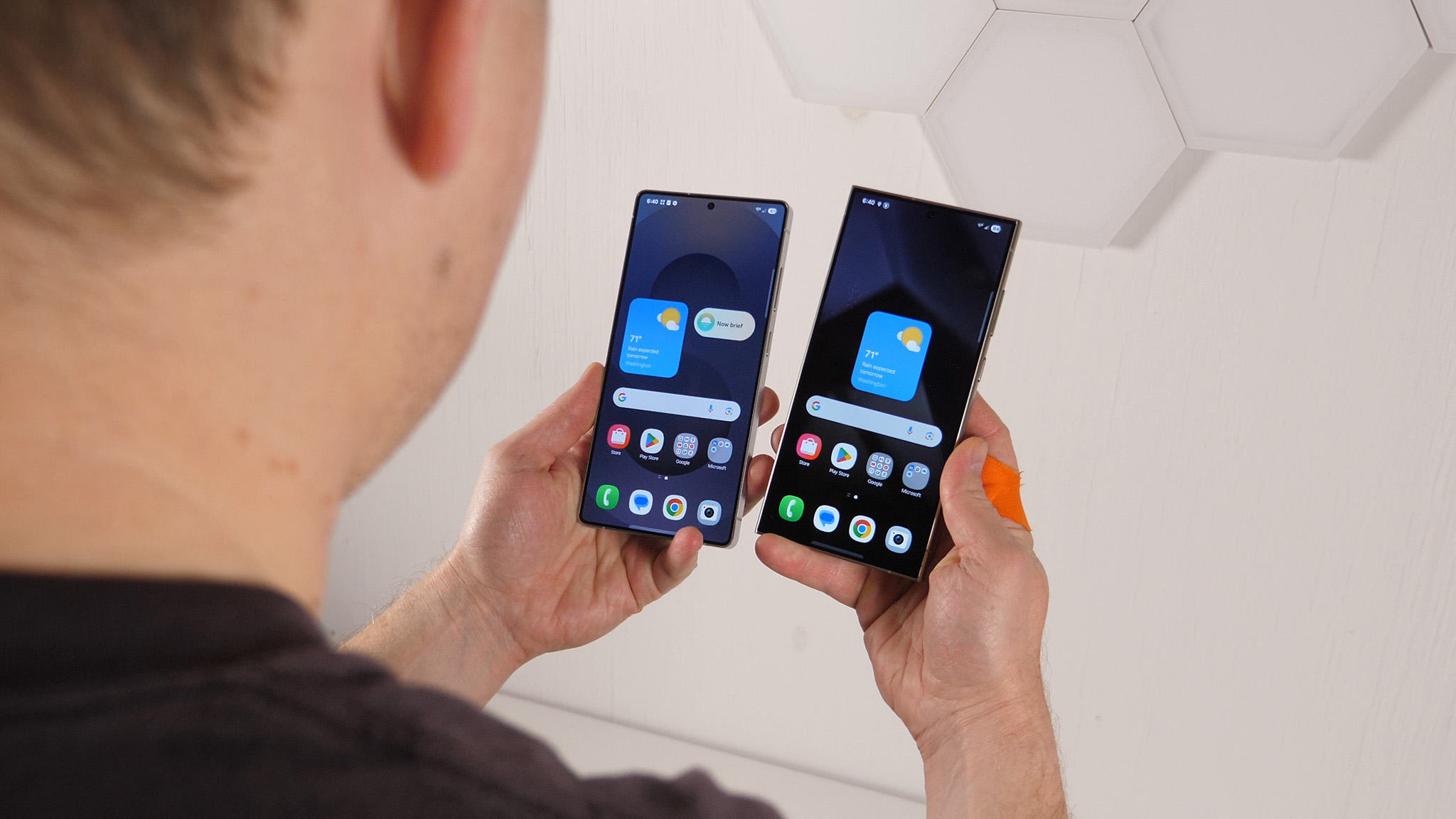

Android Central Labs is a weekly column devoted to deep dives, experiments, and a focused look into the tech you use. It covers phones, tablets, and everything in between.
For years, Samsung has crafted some of the finest displays ever made by humankind. Ching Wan Tang and Steven Van Slyke might have created OLED technology at Eastman Kodak back in 1987, but it was Samsung who popularized its use in mobile devices with the launch of the original Samsung Galaxy line in 2010.
Over the years, however, Samsung has been slipping. Of course, you'd never know this by looking at smartphone display rankings on websites like DXOMark, where 9 out of the top 10 smartphone displays are all made by Samsung. Look a little deeper, though, and you'll start to understand the real problem: these displays are built to rank at the top of charts by using some nasty tricks that cause users real pain.
It's a similar "cheating" concept we saw years ago when smartphone manufacturers would specifically tweak their phones' performance profiles to push harder during a benchmark to achieve a top-rank score. The difference now is that it's not a company's pride on the line; it's our eyes.
The pixel dance
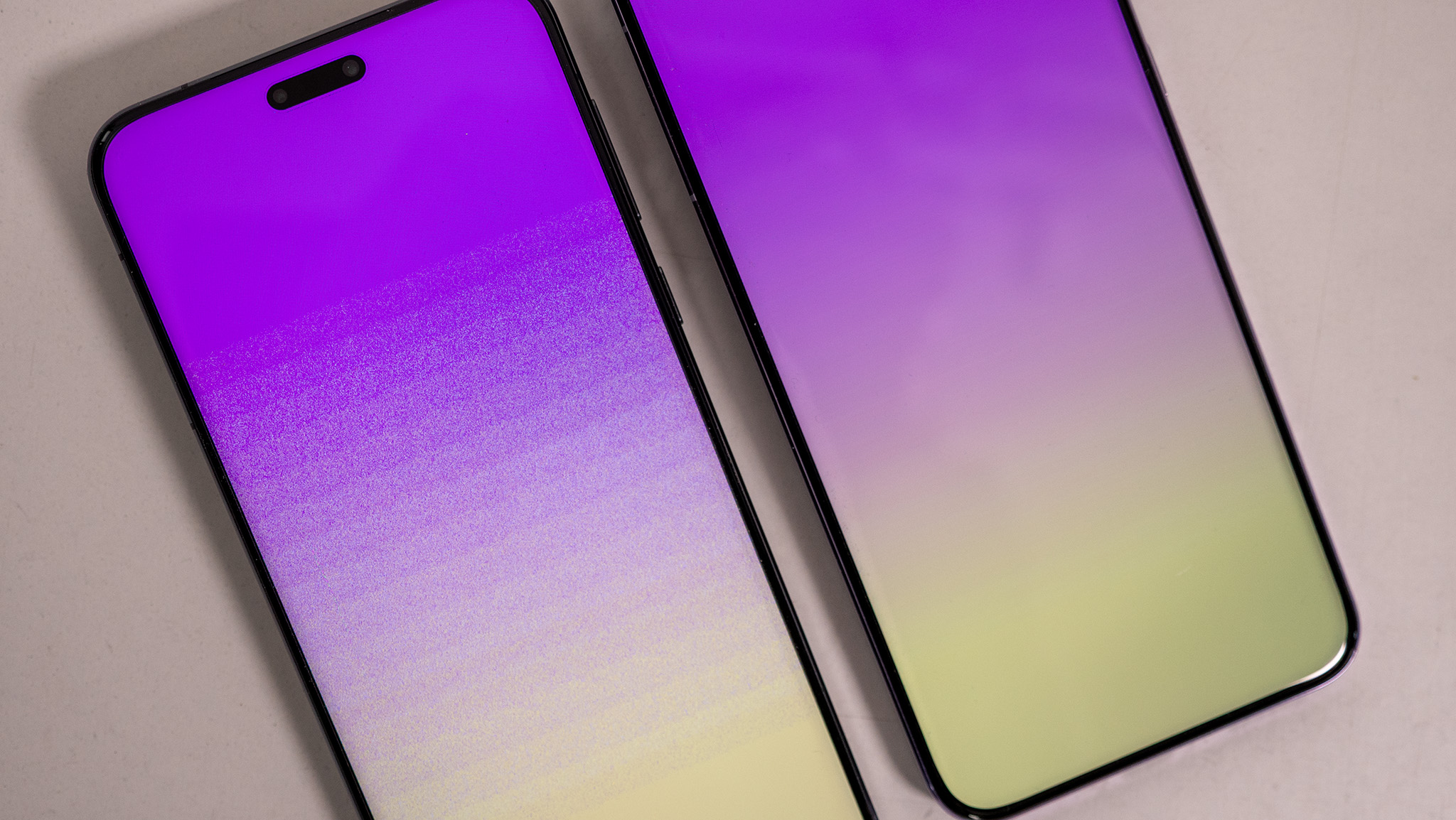
HDR standards have been around for a long time and are commonplace on spec sheets. Even $200 phones support the HDR10 standard, but not all of them achieve 10-bit color naturally. Rather, many phone displays — including the $1,300 Galaxy S25 Ultra — only ship with a screen that can display 8-bit color.
As you might imagine, a pixel can't just magically jump from being able to display 256 shades of red, green, or blue up to 1024 shades unless it was built to do so. That's four times the number of each of the primary shades, which takes a significant engineering effort to create.
So, how does an 8-bit phone display achieve 10-bit color? By using something known as dithering, or more often known on displays as Frame Rate Control (FRC). You'll often see this on a spec sheet as "8bit + FRC" to represent the shift from 16.7 million colors — that's the total number of colors in an 8-bit palette — all the way up to 1.07 billion colors for 10-bit.
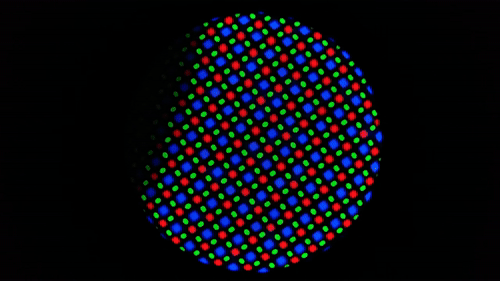
If you look closely at the above image I captured of the Samsung Galaxy S25 Ultra's display through a microscope, you can see FRC dithering in action. An 8-bit panel, like the one on this Samsung Galaxy S25 Ultra pictured above, will quickly flash between two different hues to "create" a color that doesn't exist. I captured this video at 480FPS with a OnePlus 13, which makes it possible to see the pixels flash more easily.
This phenomenon is possible thanks to the way our eyes work when they see a "moving" image. In video, pictures are often shown at 24 or 30 still images per second (frames per second), creating a smooth-looking movement. Likewise, color dithering flashes two colors to create a nonexistent color to our eyes, similar to spinning a color wheel.
For many people, this works to help create a sense of deeper or more vibrant colors. It's one of the ways Samsung ended up adding a more vibrant color option to the Galaxy S24 Ultra last year, and it's present on the S25 Ultra this year.
Tricks like PWM dimming and FRC color dithering are used to top display quality charts by fooling eyes and calibration equipment into seeing something that doesn't exist.
I spoke with Michael Hamilton, ISF calibration instructor at AVPro South, who helped explain why companies should try to use native 10-bit panels in premium products instead of resorting to 8-bit with FRC dithering.
"8-bit with Frame Rate Control does not do a very good job of preventing 'banding' and can still exhibit flicker or dithering (like in sky scenes where gradient transients are very subtle)," Hamilton explained.
"Additionally, when an 8-bit panel with FRC rapidly flashes, 'temporal' artifacts manifest such as a judder-like appearance to motion, or 'floating,' which areas of the image appear to be in motion [when they should not be] and directly adjacent areas are not, such as long-range shots of trees where some appear to be moving in a breeze while others are not, or an expansive water surface moves unnaturally and even the shoreline may appear to be moving.
Since they are not visible with a static image or patterns, a viewer may see ghosting or motion blur or otherwise motion glitches, and then, to confirm, they pause the video, and the anomaly subsides."
Hamilton works exclusively on TV calibration, where banding is more noticeable because of the size of the panel. Because of its size, it's unlikely you'll ever notice banding on a smartphone screen, but that hasn't stopped some Redditors from pointing it out.
Samsung, the flicker king
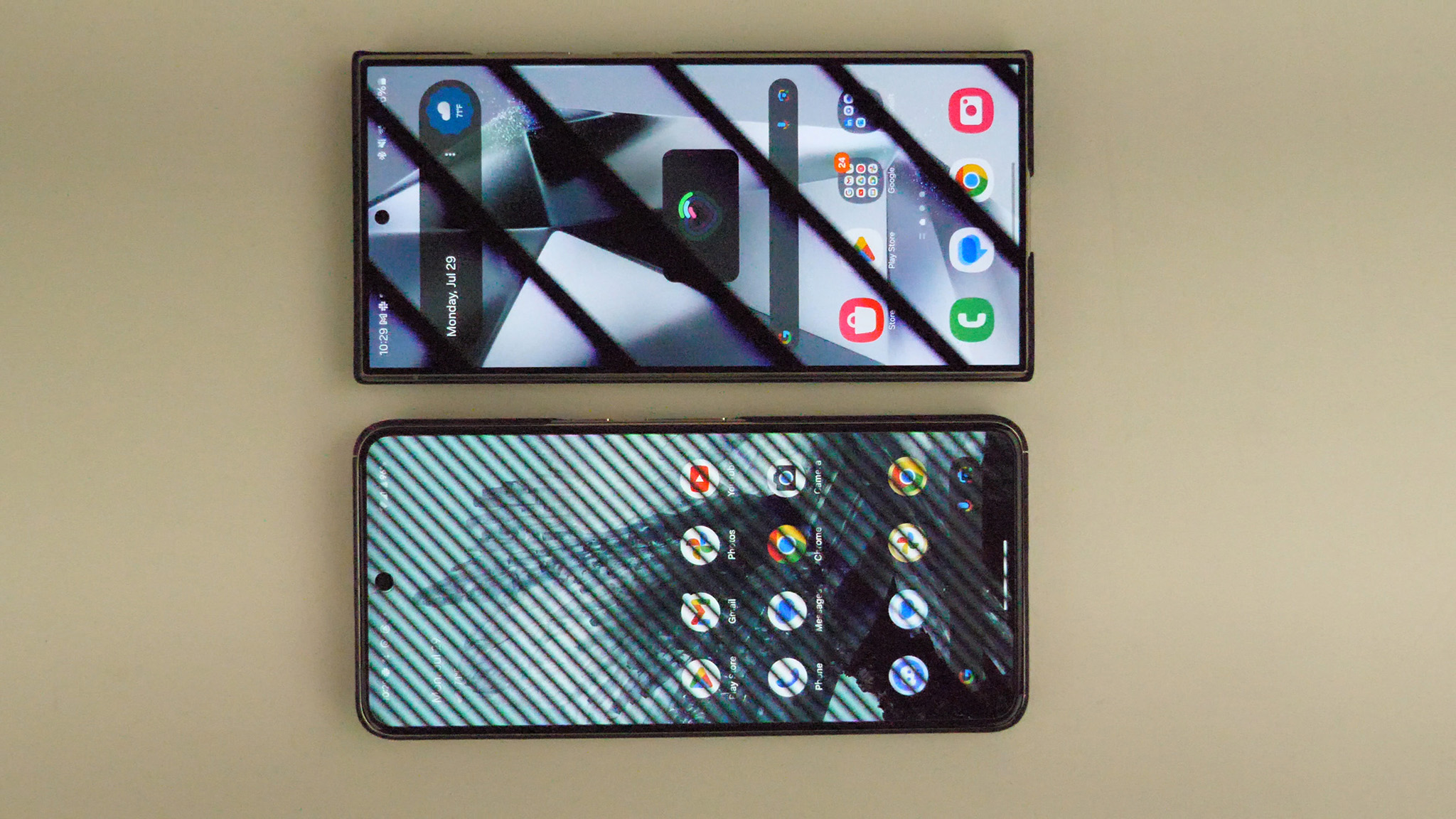
This methodology is clever from an engineering perspective, but it presents two problems. First off, Samsung is cheating you out of your money by using an 8-bit panel on a $1,300 phone. The Honor Magic 7 Pro uses a true 10-bit panel that doesn't need to dither to show all 1.07 billion colors for the HDR10 standard and provides the same seven-year software update commitment as Samsung.
The OnePlus 13 does the same thing for even less, even if it only gets six years of software updates. Despite all the display problems with the Galaxy S24 Ultra last year, Samsung is still using the same M13 AMOLED panel on the Galaxy S25 Ultra, just with a few software hacks to mask the problems it's having with display manufacturing quality.
Samsung is putting profit margins ahead of the health of its users, particularly the ones most susceptible to the ill effects of display flicker.
Second, and maybe most egregiously, Samsung's use of color dithering causes some users real pain. This is a similar effect to PWM dimming, another problem Samsung displays suffer from. Samsung uses low-Hz PWM dimming to save money and achieve a very specific display metric at different brightness intervals.
Hamilton also explained a few reasons companies use PWM dimming on TVs, although the same concept transfers over to phones:
"By rapidly flashing the backlight LEDs on and off, a less expensive power supply may be used. The byproduct of this is 'flicker,' which tends to vary depending on the picture mode. Some viewers detect this strobing and flashing, and with fast-moving objects, blurring or 'comet tailing' can be seen.
Uniformity issues tend to be exacerbated by fewer backlight zones due to cost reduction, and the image can look unevenly illuminated and unnatural in some scenes. These issues can be overcome: just 'bring money.'"
Samsung is designing its displays for measurement and calibration tools, not the humans who actually use them.
The end is the most illuminating aspect here. Samsung is putting profit margins ahead of the health of its users, particularly the ones most susceptible to the ill effects of display flicker.
The rest of the industry knows and understands the problems that color dithering and low-Hz PWM dimming can have on some users and has enacted positive change for everyone.
There's a reason companies like BOE and Visionox — which are found on phones from companies like Nothing, OnePlus, Honor, Motorola, and more — are making OLED panels with native 10-bit reproduction and support for both DC-dimming and significantly faster PWM dimming when needed.
The Honor Magic 7 Pro is capable of 4320Hz PWM dimming at low brightness while the Samsung Galaxy S25 Ultra uses 480Hz dimming at all brightness levels. There's a clear spec difference here on multiple levels, and Samsung isn't winning any awards for having the best hardware. Just the best tricks to achieve a specific goal.
Simple solutions for an unnecessary problem
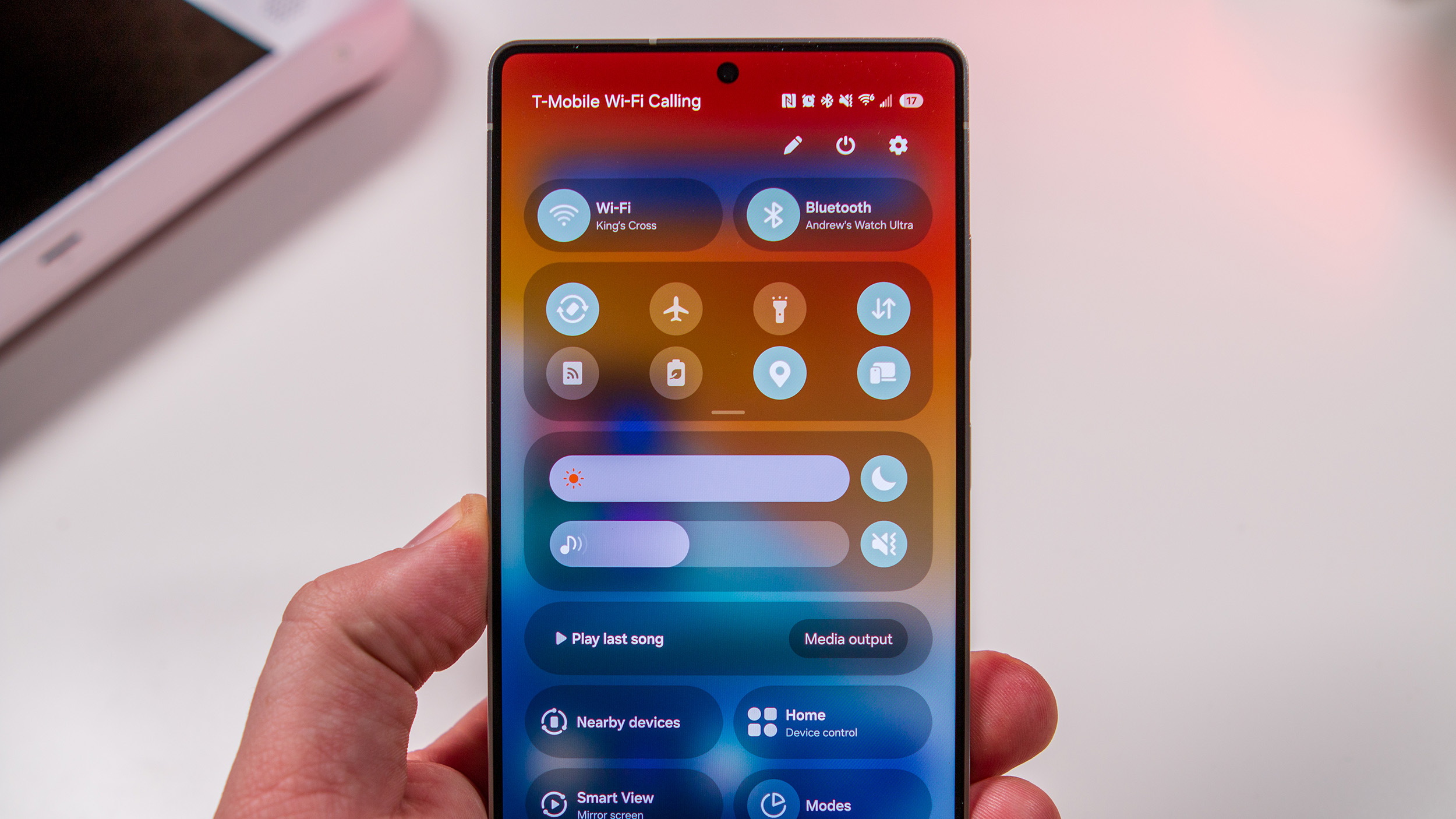
Google added colorblind modes to Android L all the way back in 2014, and there's no reason the company can't add a way to disable color dithering or display flickering at the system level.
Aside from pure profit margins, companies like Samsung Display choose to use PWM dimming and dithering on OLED screens because of how the tech works. Because OLED response time is in nanoseconds, unlike LCD, engineers have learned that dialing in the display calibration can achieve near-perfect scores on display quality tests. In other words, Samsung is designing its displays for measurement and calibration tools, not the humans who actually use them.
Dylan Raga, a display reviewer at XDA Developers, explained it very well. Speaking on the subject of calibration and color matching, he told me that "the best current strobeless solution would be for native 10bpc panels with multiple well-calibrated voltage states, using pixel-level dimming in-between them with active spatial DPU dithering."
In other words, Samsung is doing exactly what's needed to achieve the best scores on display tests, and therein lies the problem.
Raga went on to say that "a true 12-bit DAC would be ideal, but we’re not really near having those on consumer displays. Our only options that maintain reference picture quality involve using a higher base power for better signal control and modulating it down by some means."
Many display companies have acknowledged the problems that color and light flickering can cause, but, as usual, Samsung, Google, and Apple seem oblivious.
At this juncture, it seems we're presented with two main solutions to this problem: make displays more like BOE and Visionox or provide users with accessibility options that allow them to disable any "display quality" features that cause them physical harm.
These other OLED manufacturers have slowly improved their display quality over time while offering eye-friendly options like DC-dimming, which can lower display quality on OLEDs at some brightness levels but always reduce eye strain.
However, until companies like Google, Apple, and Samsung acknowledge the problem, we're stuck with phones like the Pixel 9 Pro and Galaxy S25 Ultra. Both of these phones top the charts for display quality because of the tricks they use to achieve these metrics. Thankfully, plenty of other companies have acknowledged these problems, but, as usual, it's the big three that refuse to accept the science.
Google added colorblind modes to Android L all the way back in 2014, and there's no reason the company can't add a way to disable color dithering or display flickering at the system level. Google has the power to set these accessibility options for users at the operating system level, but the company seems clueless about a problem that most of the industry has actively acknowledged. What's it going to take, Google? Samsung? Apple? The ball is in your court.
Get a phone that won't nuke your eyes but still looks good without all the nasty tricks the competition uses. The OnePlus 13 also features the fastest charing of any phone in North America, supreme battery life and processing speed, haptics that'll blow your mind, and software features you're going to love.







